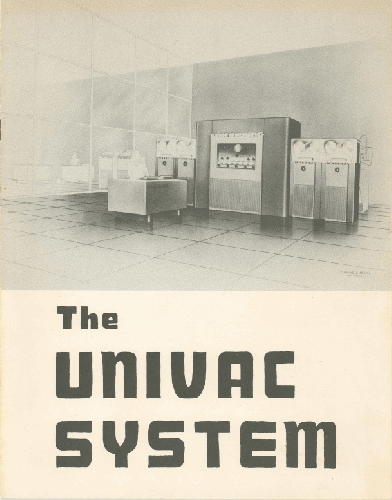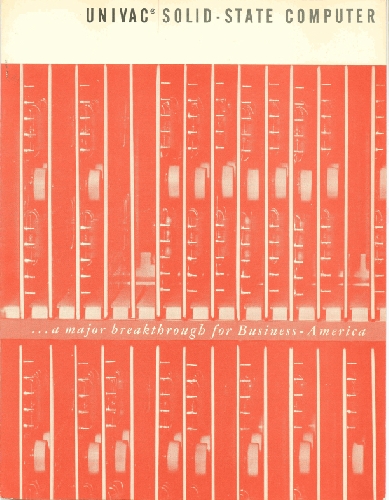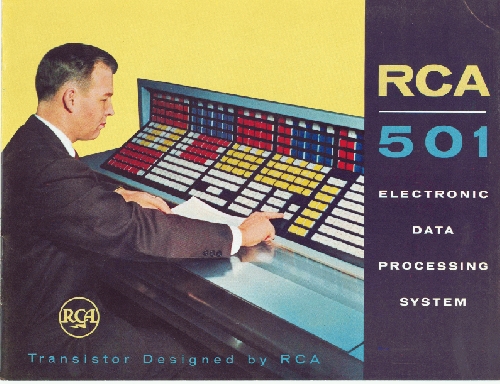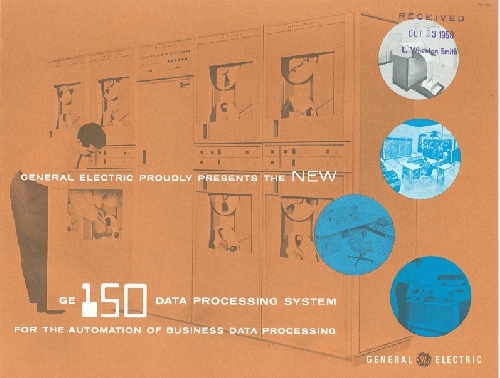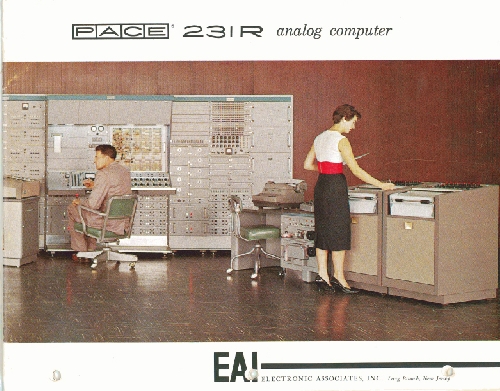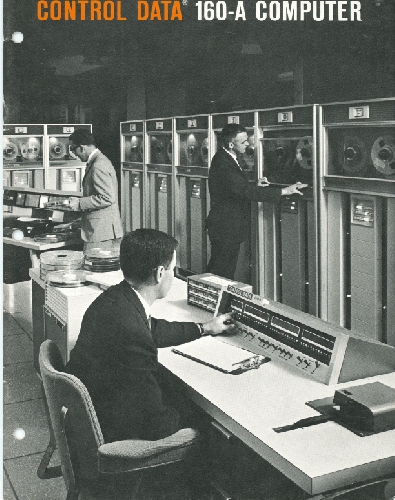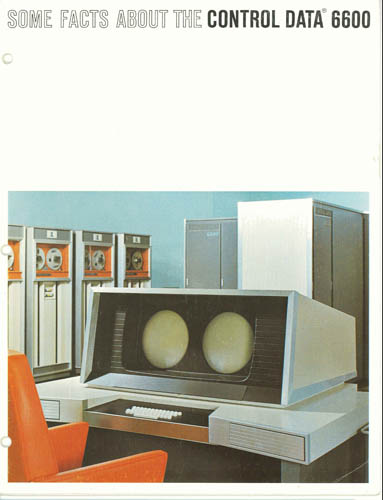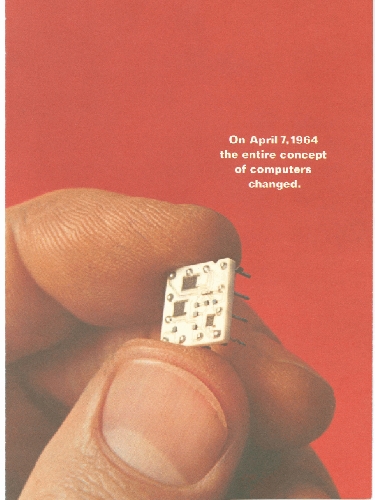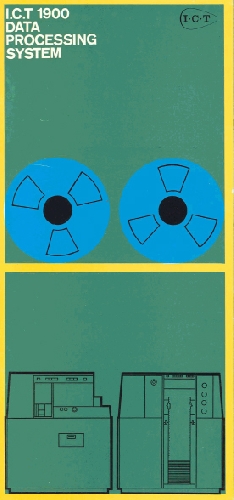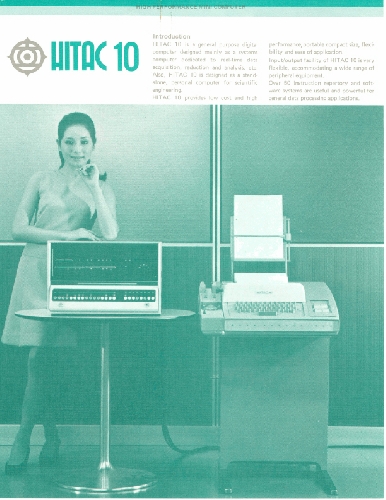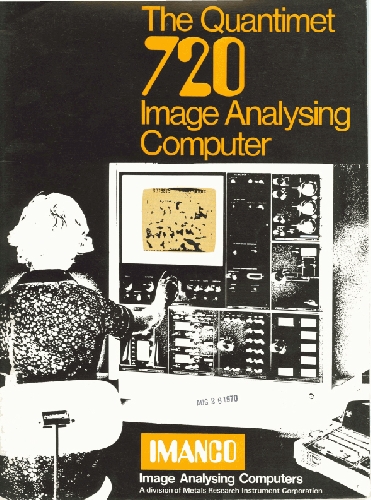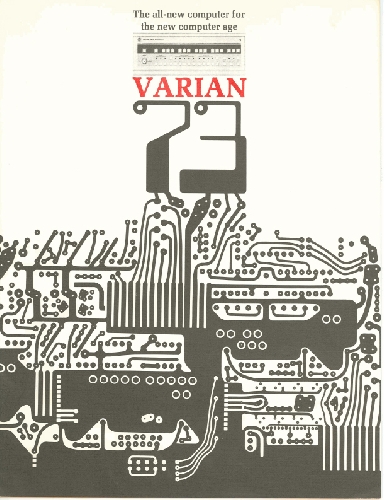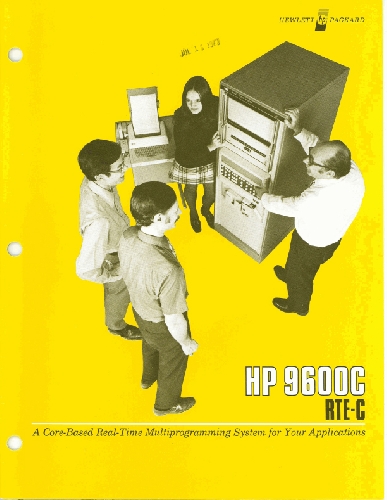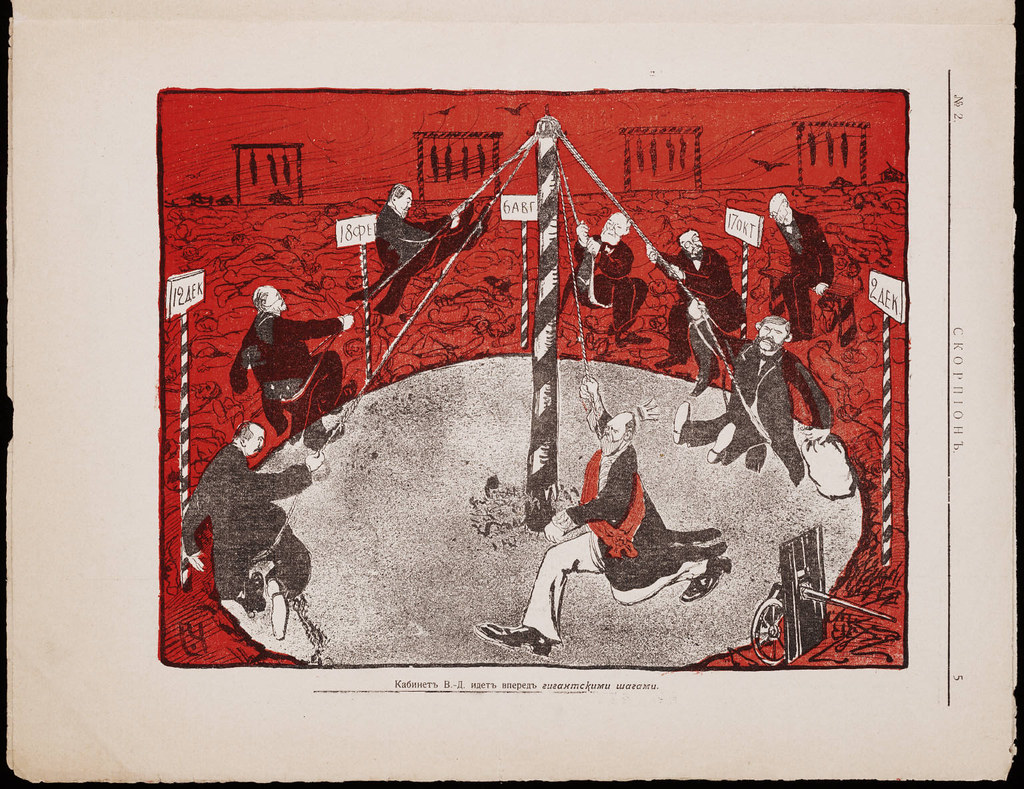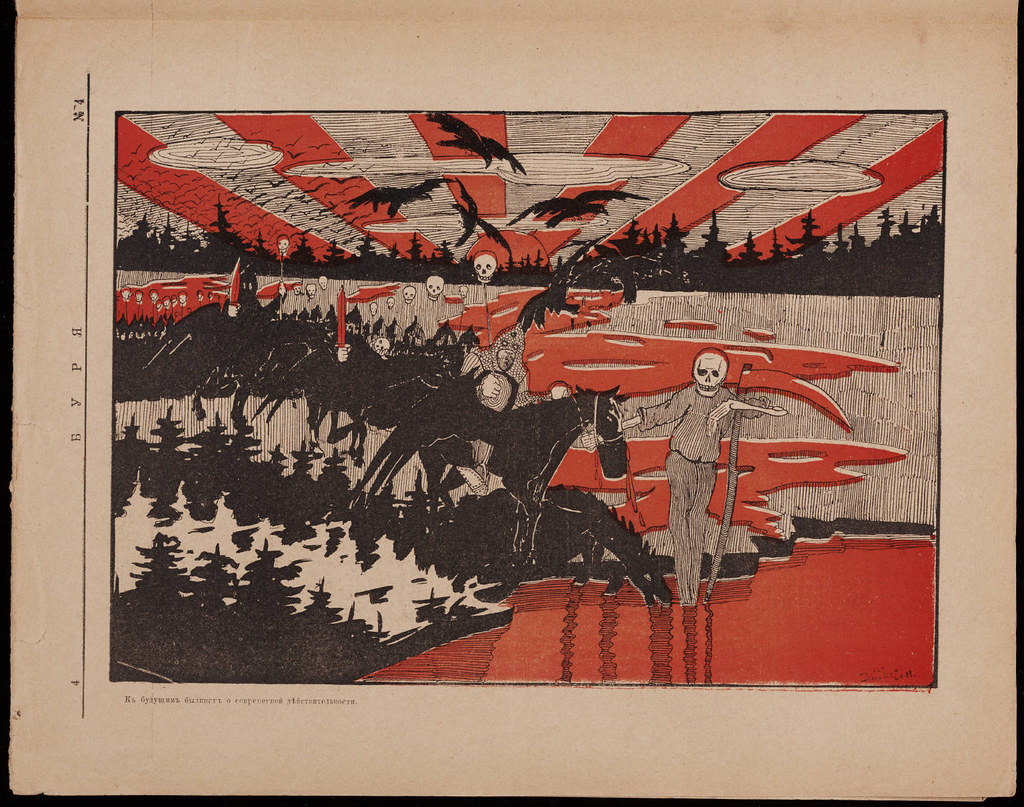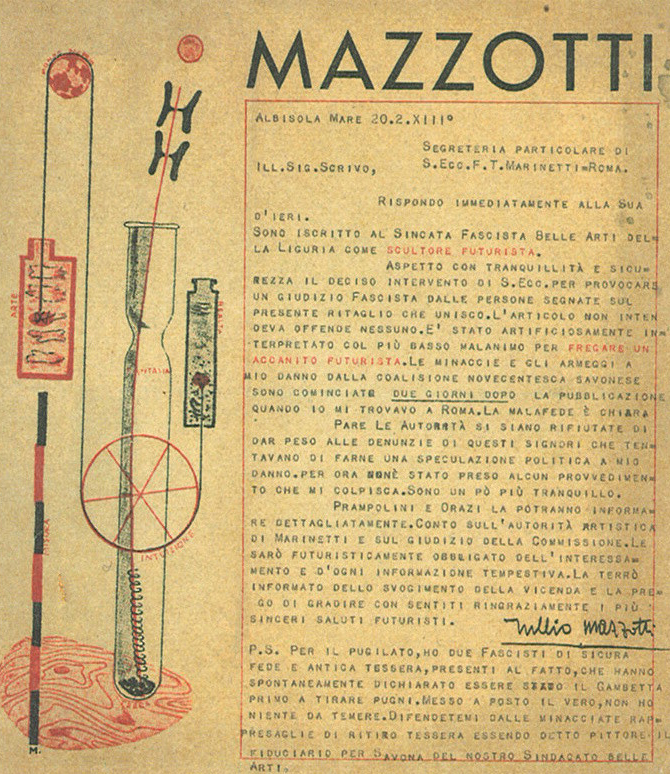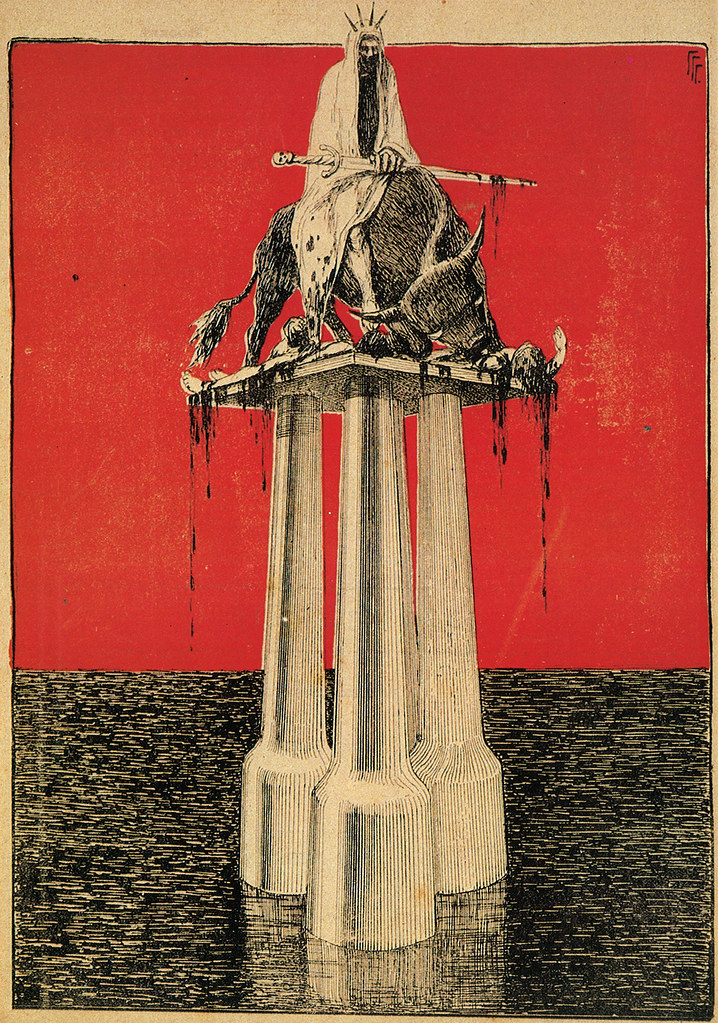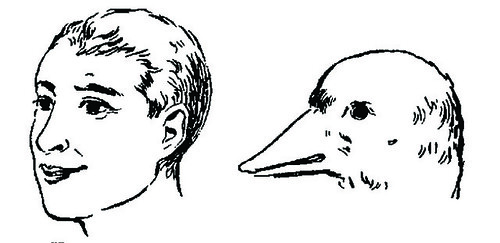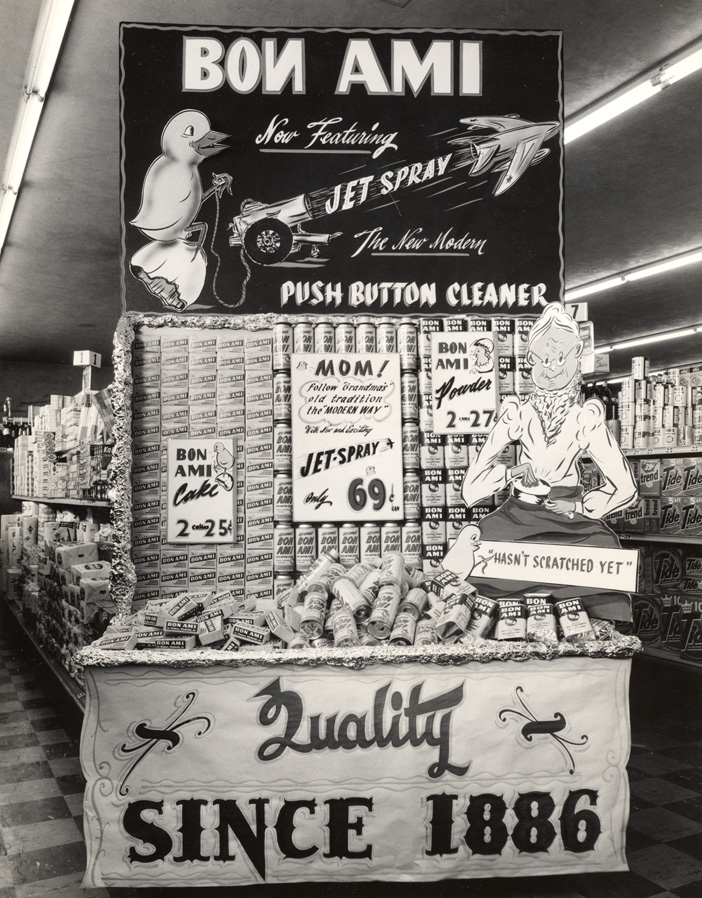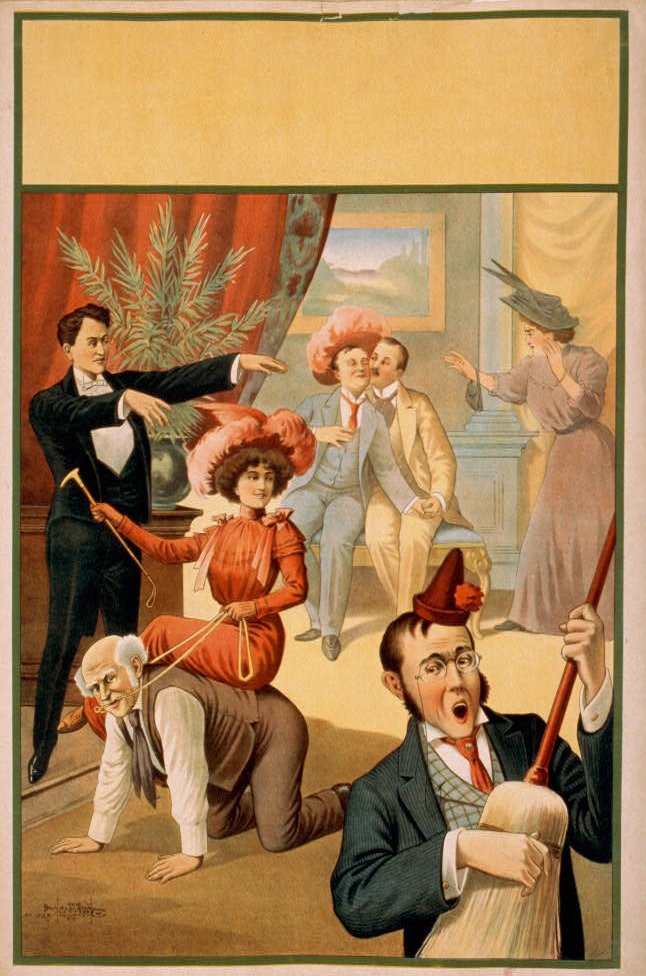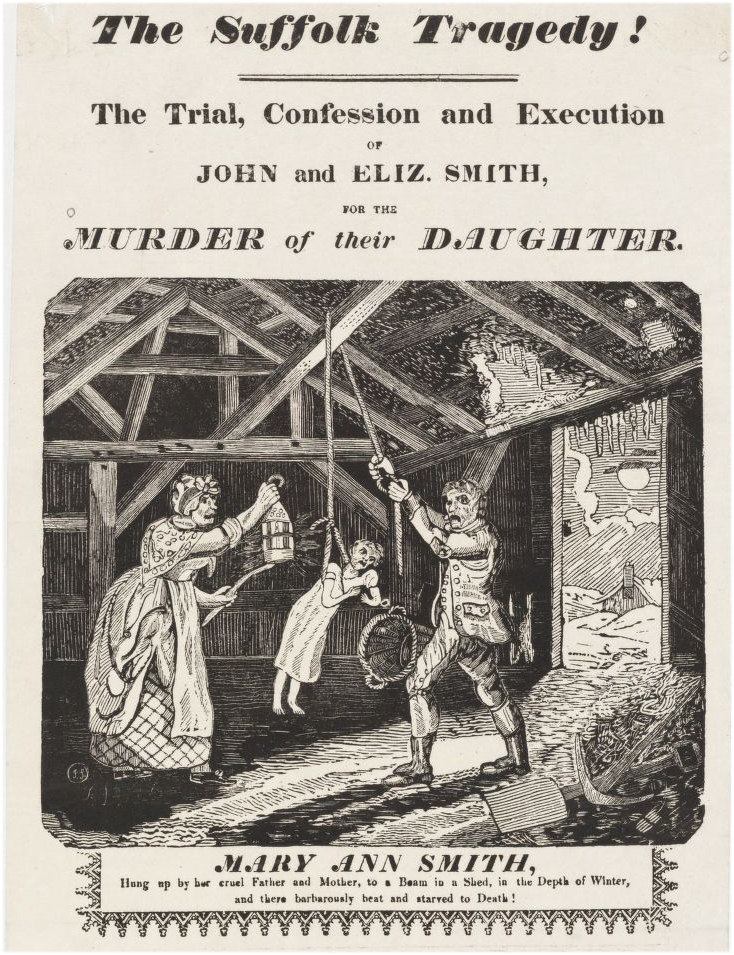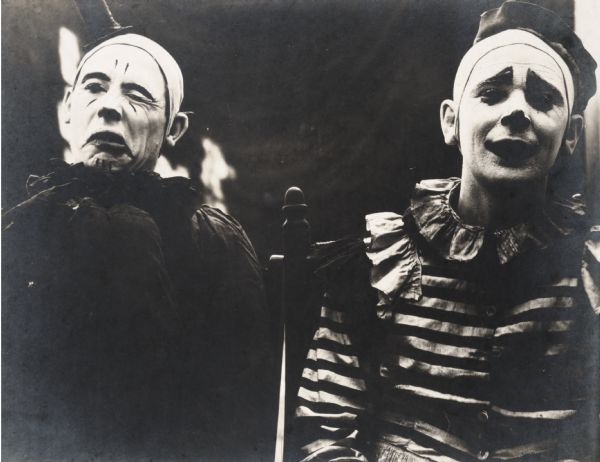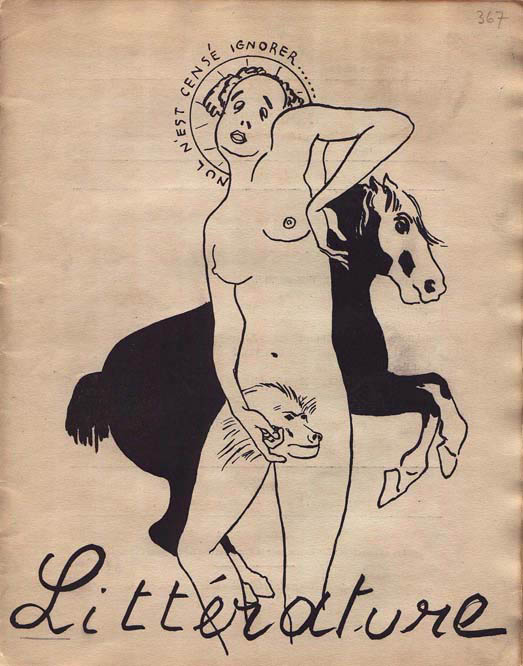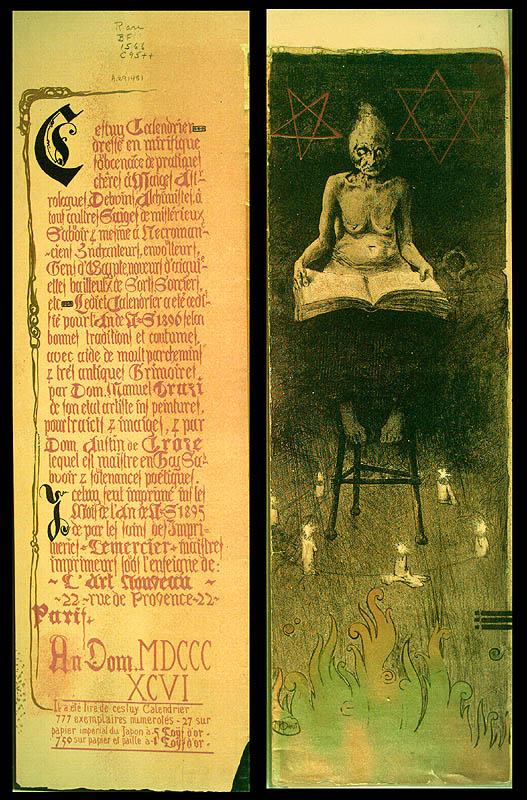"Our Portrait Gallery—No. 1” and “The Power of the Rail, or the Fall of J.B.” by an unknown cartoonist. The Rail Splitter (Chicago), June 23, 1860, p. 2
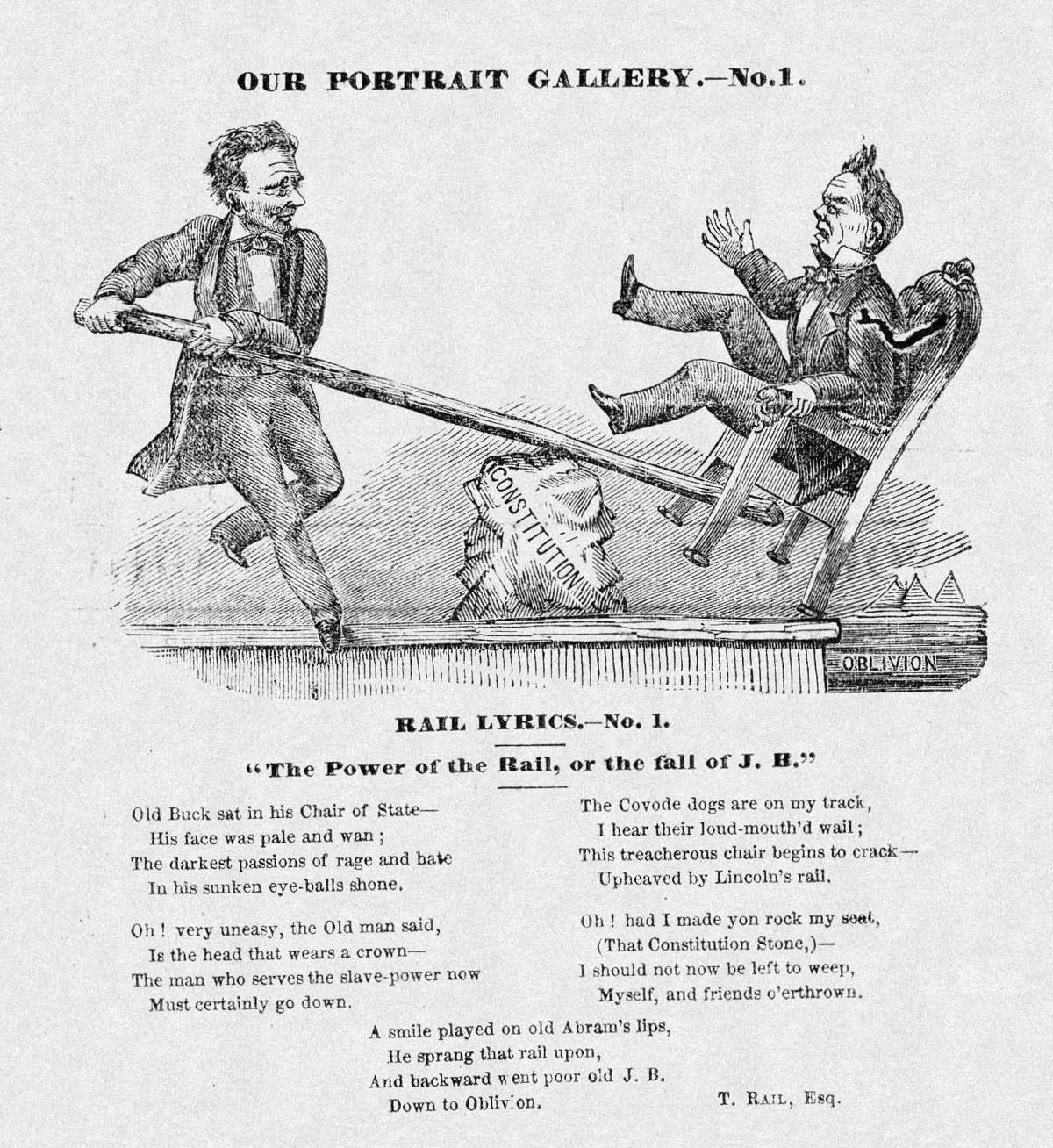
In this cartoon from The Rail Splitter, a Republican campaign newspaper published in Chicago, Abraham Lincoln uses his rail and the Constitution as leverage to hoist James Buchanan out of the presidential “chair of state” and into political oblivion. In the accompanying poem, “Covode dogs” (third stanza) alludes to a congressional inquiry that found substantial evidence of influence peddling and other wrongdoing in the Buchanan administration.
“The Irrepressible Conflict! The Presidential Prize-Fight!” by "Hoyt". Campaign Plain Dealer, June 30, 1860, p. 3
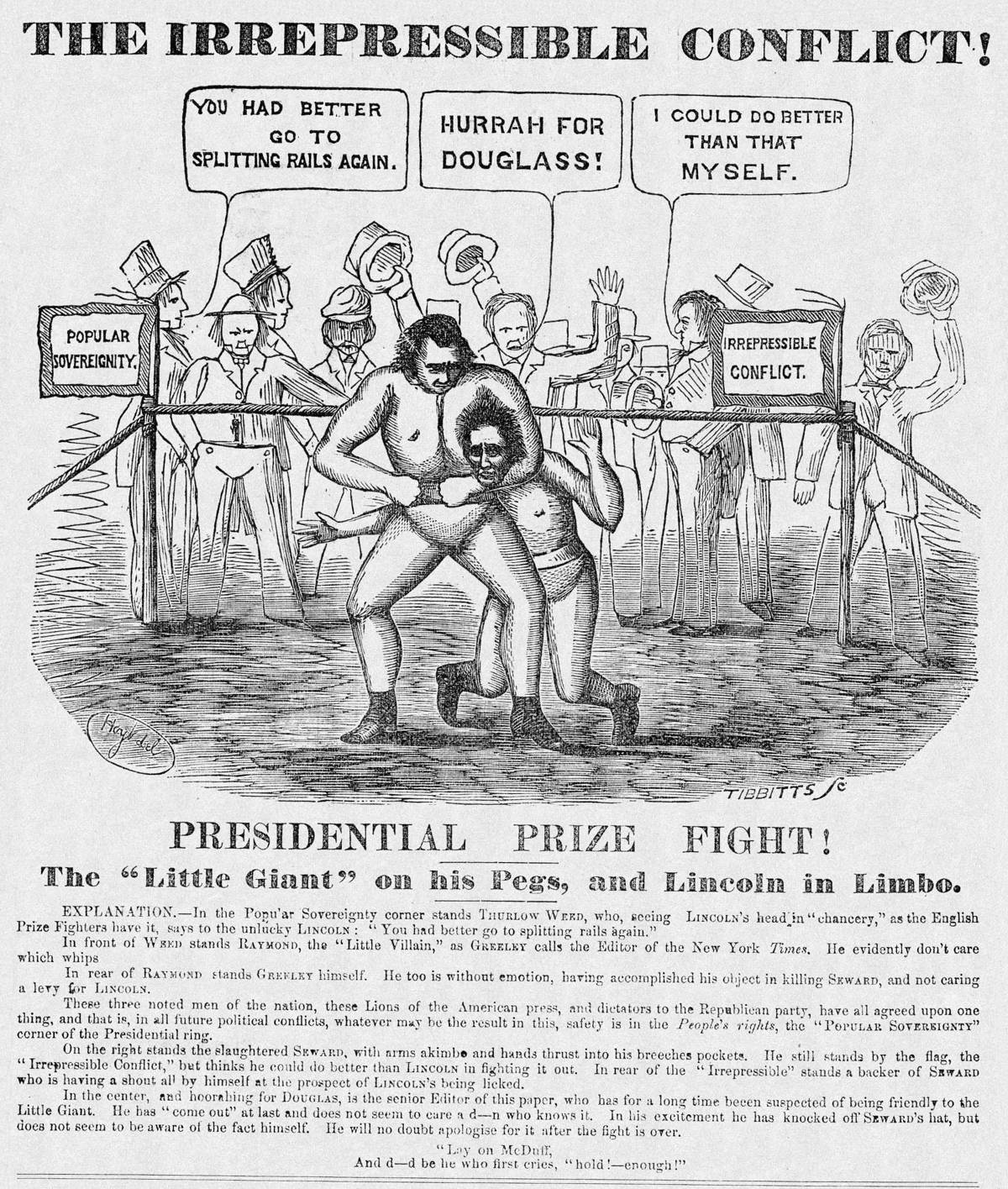
The Campaign Plain Dealer was published by the Cleveland Plain Dealer to support the presidential candidacy of Stephen Douglas. This cartoon applies the common visual analogy of boxing to the 1860 presidential campaign, showing Democrat Douglas bringing Republican Abraham Lincoln to his knees with a chokehold (boxing rules against wrestling were not introduced to America until after the Civil War). In Douglas’s corner flies the flag of “Popular Sovereignty,” denoting the proposal that voters in the West should decide the fate of slavery in their territory without federal interference. In Lincoln’s corner flies the flag of “Irrepressible Conflict,” referring to a term coined by Senator William Henry Seward of New York to characterize the clash between slavery and free labor.
Oddly, the cartoonist placed three prominent Republican journalists on the popular sovereignty side (left-right): Thurlow Weed, former editor of the New York Evening Journal, who backed the unsuccessful Seward for the Republican presidential nomination; Henry Raymond, editor of The New York Times; and editor Horace Greeley of the New York Tribune, a key figure in Lincoln’s nomination. Seward himself stands in front of the “Irrepressible Conflict” flag, and states concerning Lincoln’s role in the fight, “I could have done better myself.” Cheering Douglas from the center is the senior editor of the Campaign Plain Dealer, Joseph William Gray, who founded the Cleveland Plain Dealer in 1842 with his brother, Nelson. (Douglas’s last name was originally spelled as printed in the middle dialogue bubble.) The newspaper’s explanation of the cartoon ends with a line spoken by the title character of Shakespeare’s Macbeth before he attacks (and is killed by) Macduff.
“Our Portrait Gallery—No. 5: The Split-Tail Democracy” and “Rail Lyrics—No. 5” by an unknown cartoonist. The Rail Splitter (Chicago), July 21, 1860, p. 1
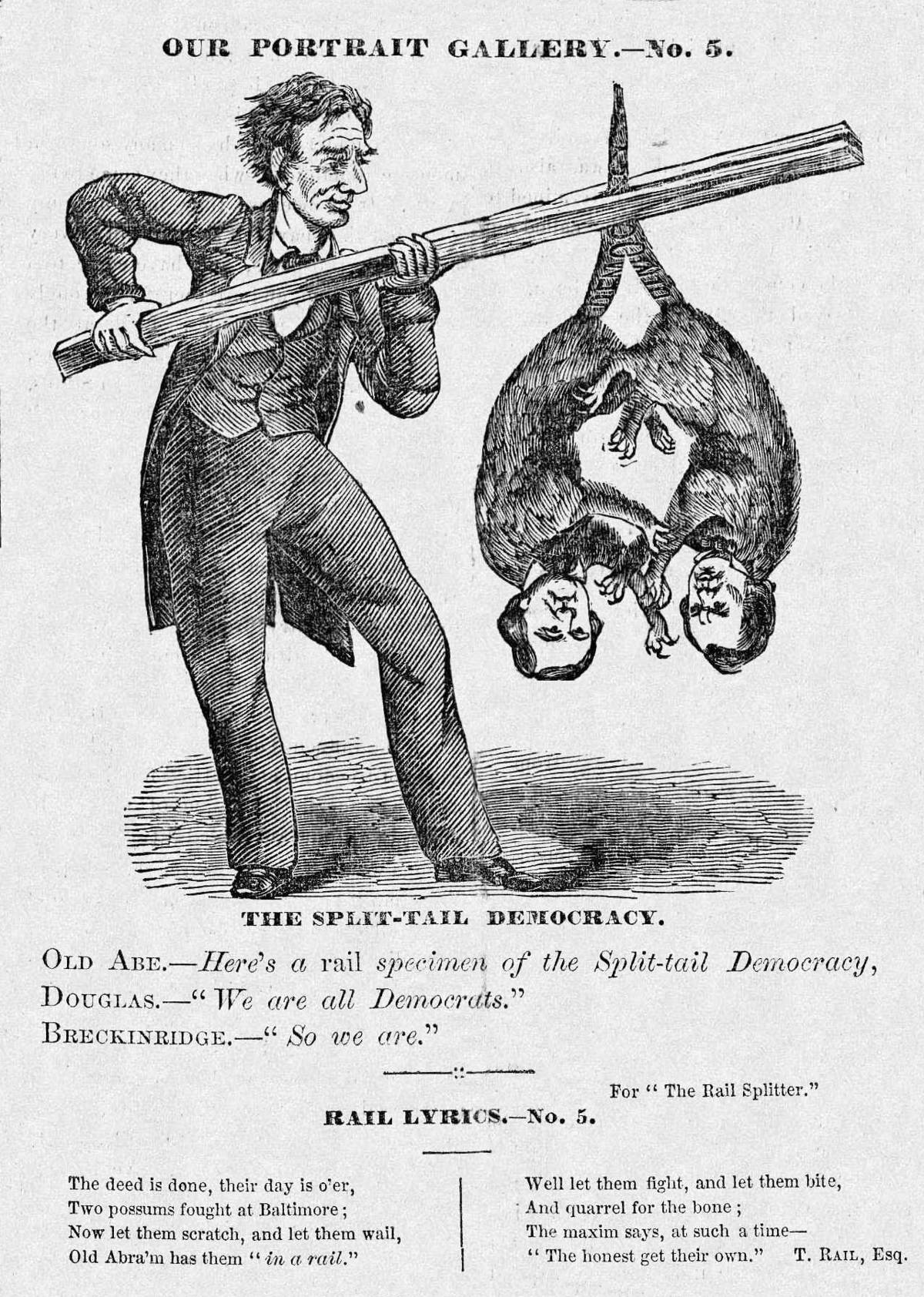
In this Chicago Rail Splitter cartoon, Republican Abraham Lincoln has used a trap made of a rail to capture the twin possums of the Democratic Party: the presidential nominees of its Northern and Southern factions, Senator Stephen A. Douglas of Illinois (right) and Vice President John C. Breckinridge of Kentucky (left).
"The Coming Man's Presidential Career, à la Blondin" by Jacob Dallas. Harper's Weekly, Aug 25, 1860, p. 544
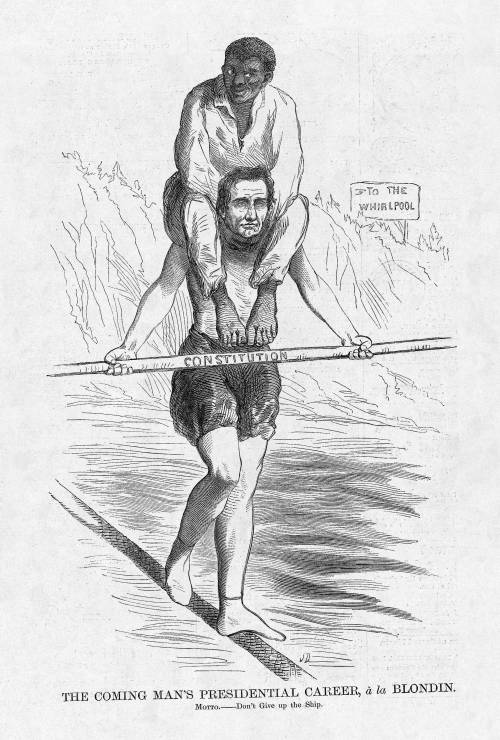
Charles Blondin (Jean François Gravelet, 1824-1897) was a French-born acrobat who became famous in the late 1850s for his daring tightrope walks over Niagara Falls. He repeated the feat several times while performing various stunts, such as drinking a bottle of wine, eating a meal, standing on his head, standing on one foot, walking blindfolded, hanging by his feet, pushing a wheelbarrow, laying down, and walking on stilts (the latter accomplished before an audience that included Edward, Prince of Wales).
Blondin earned a considerable amount of money for his acrobatic exploits: $1500 for one Niagara Falls crossing and an estimated $5-8,000 for one season. He was able to purchase a house in the town of Niagara Falls for $4,000 cash. The daredevil made other challenging tightrope walks, including crossing the Montmorenci Fall in Quebec, which is wider and deeper than Niagara Falls, and the Genesee River at Rochester, New York. In 1861 the British Home Office prohibited him from pushing prizefighter Tom Sayers in a wheelbarrow across a tight rope suspended from the Crystal Palace.
The stunt that Lincoln—in the guise of Blondin—performs in this Harper’s Weekly cartoon refers to the time when Blondin carried his 136-lb. agent, Henry Colcord, on his back while crossing Niagara Falls on a tightrope. The cartoon may also allude to a crossing in which Blondin appeared as an enchained Liberian slave. In the artist’s view, the Republican party’s stance on slavery is a burden on Lincoln’s shoulders as he tries to win the presidential election. The U.S. Constitution, however, is Lincoln’s balancing rod that keeps him steady and allows him to reach his goal.
"The Political Quadrille: Music by Dred Scott." c. 1860

A general parody on the 1860 presidential contest, highlighting the impact of the Dred Scott decision on the race. That controversial decision, handed down in 1857 by Chief Justice Roger B. Taney, ruled that neither the federal government nor territorial governments could prohibit slavery in the territories. The burning question of the future of slavery in the United States was addressed by several of the contenders during the 1860 race. Here the four presidential candidates dance with members of their supposed respective constituencies. The music is fiddled by Dred Scott, the former slave whose suit precipitated the court's decision. Scott sits on a chair at center. In the upper left is Southern Democrat John C. Breckinridge. He is paired with Democratic incumbent and ally James Buchanan, depicted as a goat or (as he was nicknamed) "Buck." At the upper right Republican Abraham Lincoln prances arm-in-arm with a black woman, a pejorative reference to his party's alignment with the abolitionists.
At lower right Constitutional Union party candidate John Bell dances with an Indian brave. This pairing is puzzling but may allude to Bell's brief flirtation with Native American interests. At lower left Stephen A. Douglas dances with a ragged Irishman. Associated with Douglas in several cartoons the Irishman, here wearing a cross, may be intended as a reference to Douglas's backing among Irish immigrants and allegations of the candidate's Catholicism.
"Deplorable Result of Lincoln's Election" by Henry Louis Stephens. Vanity Fair, Nov 10, 1860, p. 236

Caption: As depicted by the Herald and Express: On the house top Horace Greeley is, of course, seen fiddling over the ruins of our beloved country. To the left you behold the pure-minded and upright J.G.B.shutting up shop preparatory to returning to his native land. Cows graze in Fulton Street. Desolation everywhere, and the world done for generally.
This post-election Vanity Fair cartoon shows the result of Lincoln’s election on two of the nation’s most politically important newspaper editors, Democrat James Gordon Bennett of the New York Herald and Republican Horace Greeley of the New York Tribune. The artist pictures Bennett putting up the shutters on the Herald building in preparation for migration back to his native Scotland. The street scene in the background underscores the ruin that Lincoln’s election would bring. That theme is intensified in the final panel in which Greeley fiddles, à la Nero, while the country burns.
"The Sportsman Upset by the Recoil of His Own Gun" by an unknown cartoonist. c. 1864

Lincoln is portrayed as meek and ineffectual is his prosecution of the war. In a wooded scene Lincoln, here in the character of an Irish sportsman in knee-breeches, discharges his blunderbuss at a small bird, "C.S.A." (Confederate States of America). The bird, perched in a tree at left, is unhurt, but Lincoln falls backward vowing, "begorra, if ye wor at this end o’ th’ gun, ye wouldn’t flap yer wings that way, ye vill’in!" At right Secretary of War Edwin Stanton, who has the body of a dog, barks, "Bow-wow."
Lincoln’s rifle is labeled "To Whom It May Concern." These were the opening words of a public letter written by Lincoln in July 1864 which included the stipulation that the Confederate states abolish slavery before the administration would accept terms for peace. Journalist Horace Greeley had discovered that two emissaries of president of the Confederacy Jefferson Davis were in Canada, and urged Lincoln to make an offer of peace. Lincoln sent Greeley to Canada, where he found that the diplomats had neither credential nor authority. Lincoln afterward announced that "Any proposition which embraces the restoration of peace, the integrity of the whole Union, and the abandonment of slavery … will be received and considered by the Executive government of the United States."
"Columbia Demands Her Children!" by an unknown cartoonist. c. 1864

This cartoon is an impassioned attack on Abraham Lincoln and the human toll of the Union war effort. Columbia, wearing a liberty cap and a shirt made of an American flag, demands, "Mr. Lincoln, give me back my 500,000 sons!!!" At the right, Lincoln, unfazed, sits at a writing desk, his leg thrown over the chair back. A proclamation calling for "500 Thous. More Troops," signed by him, lies at his feet. He eplies, "Well the fact is—by the way that reminds me of a Story!!!" The artist refers to the false report published in the New York World that Lincoln had irreverently joked on the battlefield of Antietam.
“Presidential Cobblers and Wire-Pullers Measuring and Estimating Lincoln's Shoes” by Frank Bellew. New York Illustrated News, Mar 5, 1864, p. 297

With the military situation not going as well as hoped for the Union in early 1864, there was considerable talk that President Abraham Lincoln could not win reelection. However, in this New York Illustrated News cartoon, the president appears as a sleeping giant whose big shoes will be difficult to fill, despite the efforts of tiny “presidential cobblers and wire-pullers.”
On the far left is Thurlow Weed, political boss of New York Republicans and former owner-editor of the Albany Evening Journal. He was a close advisor of Lincoln’s and, here, thumbs his nose at the others. In front of Weed is Manton Marble, owner-editor of the Democratic New York World. Beside Marble appears the head of William Cullen Bryant, editor of the New York Evening Post. In front of Bryant is James Gordon Bennett Sr., owner-editor of the New York Herald, who holds one end of a measuring string while his paper’s managing editor, Frederic Hudson, holds the other end and kneels on the floor. The Herald promoted General George McClellan for the presidency, but did not officially endorse the Democratic nominee. Behind Hudson is Democratic Congressman James Brooks, owner-editor of the New York Daily Express.
Horace Greeley, editor of the New York Tribune peers down into Lincoln’s boot. Greeley was a leading force in Lincoln’s 1860 nomination and election, but became increasingly critical of the administration.
Lying on the floor in the foreground is Secretary of State William Henry Seward, who calculates the size of Lincoln’s shoes. Although Seward lost the 1860 Republican nomination to Lincoln and their working relationship in the administration was initially troubled, the secretary soon became a loyal and valued advisor to the president. On the right, holding a measuring stick to the shoe is Senator Charles Sumner of Massachusetts, a leading radical Republican. Beside Sumner is editor John W. Forney, whose Washington Chronicle was established to counter criticism of the Lincoln administration found in Greeley’s Tribune. Forney also seems to thumb his nose or wave his hand dismissively at the project. Standing with his arms folded and a perturbed look is Henry Raymond, editor of The New York Times and a strong supporter of Lincoln and the Union cause. On the far right is Anna Elizabeth Dickson, who was a prominent reformer, radical Republican, and popular lecturer. She watches Lincoln closely through a telescope.
“House-Clearing at Washington” by an unknown cartoonist. Frank Leslie’s Budget of Fun, June 1, 1864, pp. 8-9
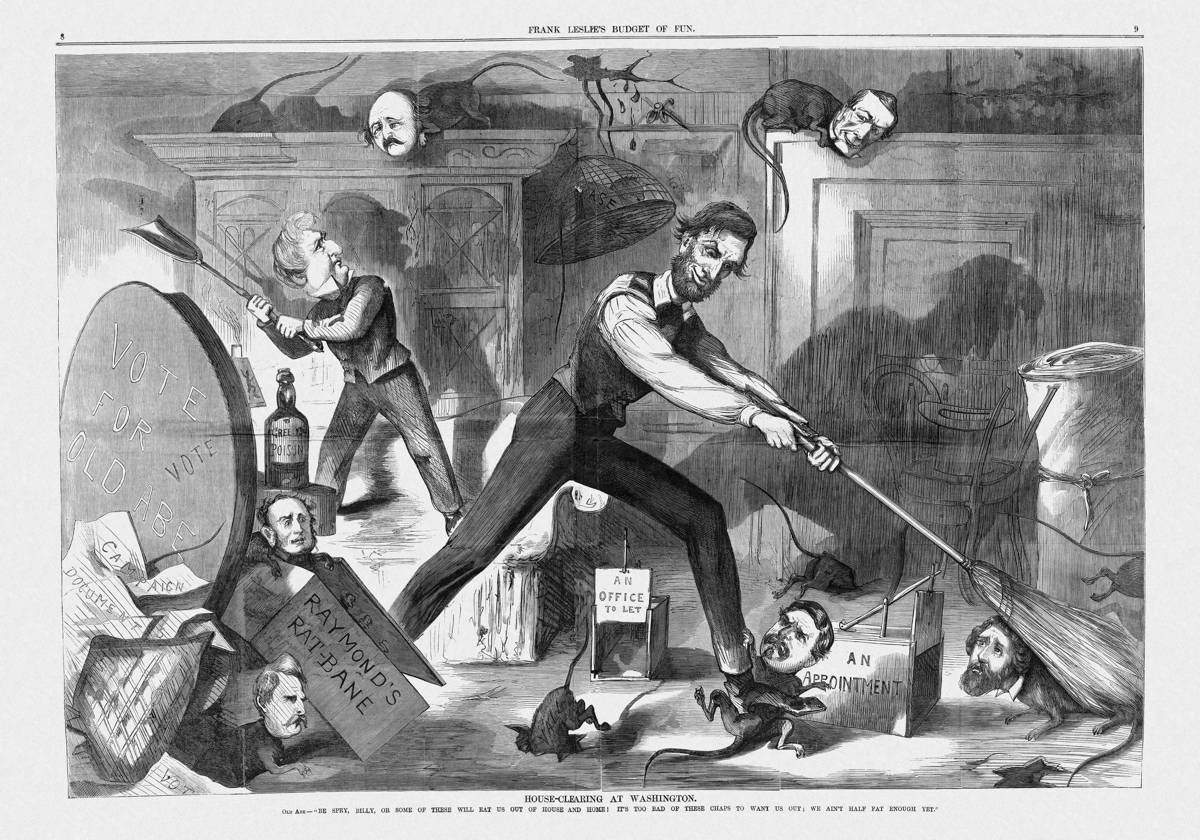
In this Budget of Fun cartoon, President Abraham Lincoln and Secretary of State William Henry Seward clean the White House of annoying rats. In the left foreground, Governor Horatio Seymour of New York and New York Herald managing editor Frederic Hudson appear respectively above and below the box of rat poison bearing the name of a leading Lincoln supporter, editor Henry Raymond of The New York Times. Seymour had been a particular thorn in the president’s side by vocally opposing the administration’s policies and publicly sympathizing with the New York City draft rioters in July 1863. In the center foreground, the rat representing Peace Democrat Clement Vallandigham has collapsed.
In the center, Lincoln takes care of his opponents in the presidential election by stepping on Democrat George B. McClellan and trying to sweep Radical Republican John C. Fremont into “An Appointment” trap. No office was actually offered to Fremont, but he did withdraw from the campaign in late September. Conservative Postmaster General Montgomery Blair, a foe of Fremont’s, was removed from his post to appease the Radicals.
The rat atop the doorframe (upper left) is Benjamin Butler, a controversial Union general who had been touted by some as a possible presidential candidate who could unite War Democrats and Republicans dissatisfied with the Lincoln administration. He declined to run, however, and was ordered to New York City in October to prevent election-day riots. Hanging off the cabinet is a cage holding the rat of Treasury Secretary Salmon P. Chase, who in early 1864 had to end his campaign challenging Lincoln for the Republican nomination. The president accepted Chase’s resignation in June not long after this postdated cartoon was published. The rodent on the doorframe (upper right) is Congressman Fernando Wood, a major Peace Democrat and former mayor of New York City. The bottle of poison near Seward (left) is named after Horace Greeley, editor of the New York Tribune, who helped elect Lincoln in 1860, but became a frequent critic of the president.
“Lincoln flattering himself on his chance of Re-election” by an unknown cartoonist. Southern Punch, July 2, 1964, p. 5

Launched in Richmond, Virginia, in 1863, Southern Punch was intended to be an American (and pro-Confederate) version of the popular and influential British humor magazine, Punch. This simple cartoon shows a relaxed and overly confident “Abe Lincoln flattering himself on his chance of Re-election.” The president is joined in the scene by a black man who is probably meant to represent a servant. Lincoln’s self-absorption and disregard for those around him allows the black servant to rest from his duties and casually read a newspaper. Such behavior from the black servant, plus his close and equal sharing of the boss’s private room, would have been considered disreputable by the white readers of Southern Punch. In addition, the servant seems to have a bottle of alcohol tied to his wrist to prevent the president from taking a nip. Opponents of Lincoln sometimes mocked him as a drunkard even though he was actually a teetotaler. The president also ignores his son, Tad, who appears to gorge himself on food.
"This Reminds Me of a Little Joke" by an unknown cartoonist. Harper's Weekly, Sept 17, 1864, p. 608
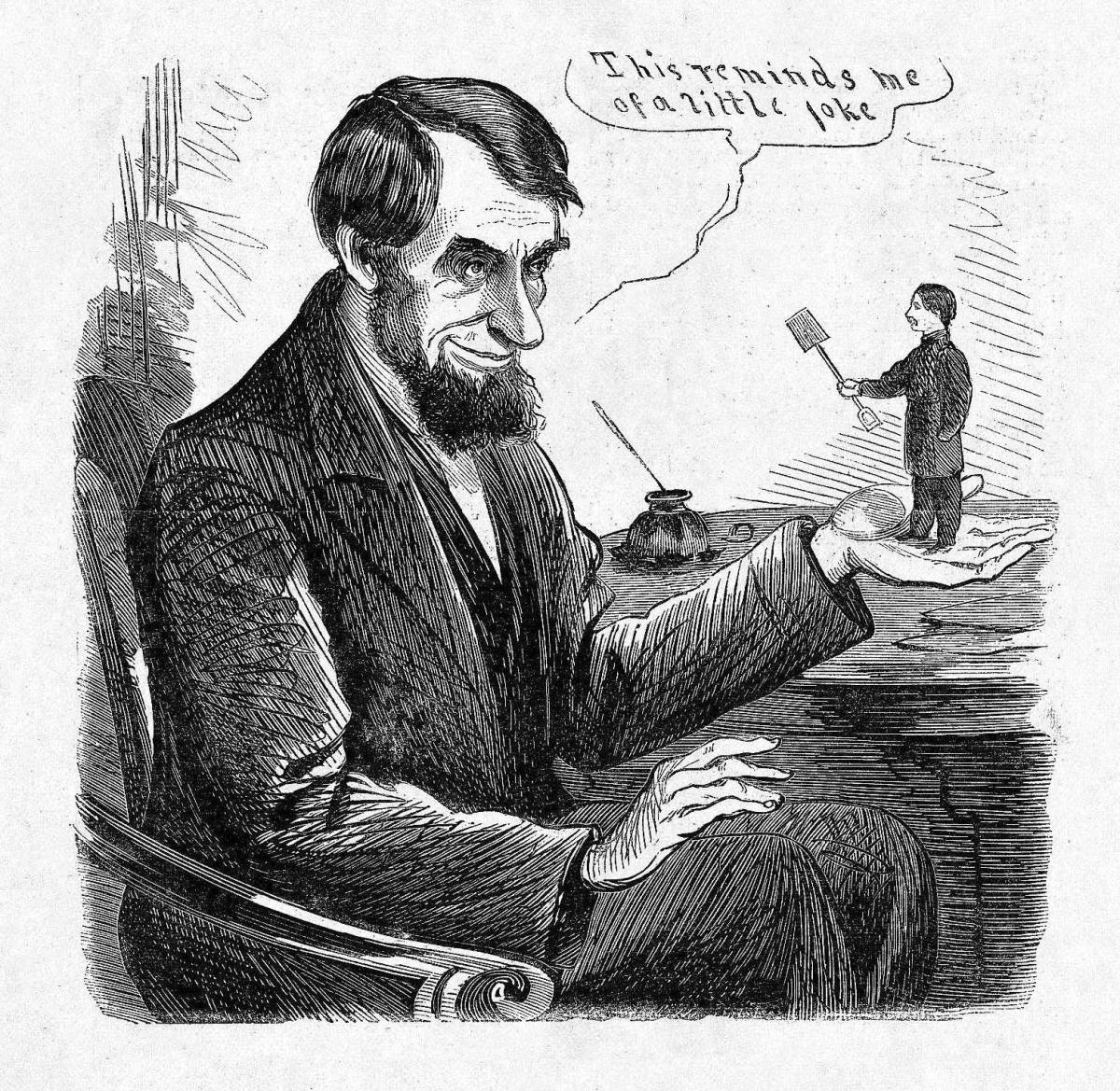
This cartoon integrates the prevalent theme of Lincoln’s sense of humor with satire about the short stature of his Democratic rival for the presidency, George McClellan, who was sometimes known as "Little Mac." The shovel McCellan holds may refer to a possible campaign promise to clean up the government after the allegedly corrupt Lincoln administration was voted out of office.
“The Modern Mazeppa” by an unknown cartoonist. Fun, Oct 29, 1864, p. 65
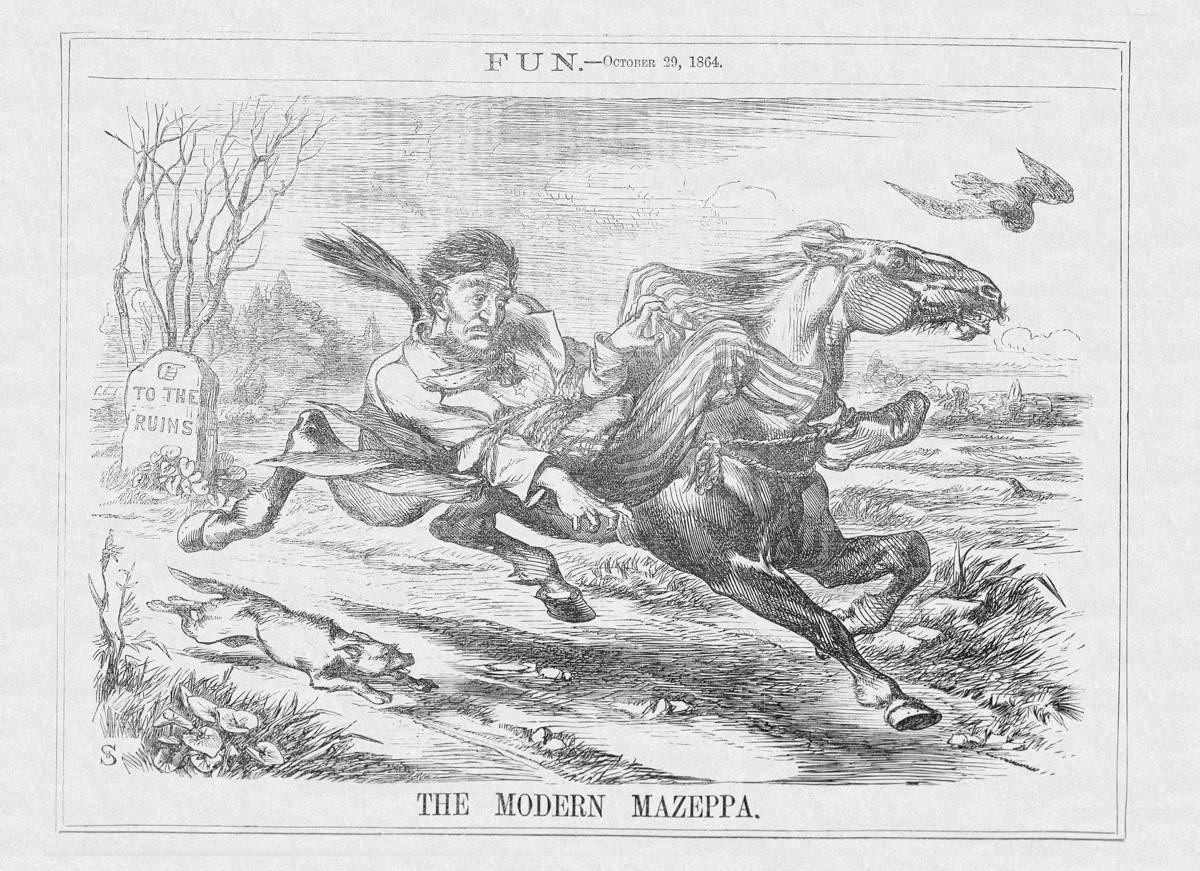
This cartoon from Fun depicts President Abraham Lincoln as Mazeppa, a 17th-century Cossack general, being carried by a galloping horse “to the ruins.” Fun was a British humor magazine (1861-1901) favoring the Liberal Party. However, on the issue of the American Civil War it joined Conservative rival Punch to express sympathy for the Confederate cause and opposition to the Union war effort.
As punishment for having an affair with a Polish countess, Mazeppa was stripped of his clothing and tied to the back of a stallion, which ran loose across the countryside. The animal returned to its native Ukraine, where the people nursed the near-dead Mazeppa back to health. He then fought for his adopted land against the Russians, and was made a prince of Ukraine.
The romantic legend became the subject of numerous artistic works, including poems by Lord Byron (1819), Victor Hugo (1829), and Alexander Pushkin (1829), paintings by Theodore Gericault (1823) and Eugene Delacroix (1824), an etude by Franz Liszt, and an opera by Peter Tchaikovsky (1883). In the Russian version (Pushkin/Tchaikovsky), Mazeppa is portrayed as a traitor and tyrant. Likewise, the featured Fun cartoon ignores a heroic ending. The tale also inspired a popular stage production in the United States (1830), which remained a theatrical standard for decades. An 1861 production in New York caused a stir when actress Adah Isaacs Menchken played the title role and appeared in a flesh-colored body stocking while lashed to a horse. In 1872, Thomas Nast drew Liberal Republican presidential nominee Horace Greeley as “The Modern Mazeppa” for Harper’s Weekly.
“Bright Goings On” by an unknown cartoonist. Fun, Nov 4, 1864, p. 84

In this cartoon from Fun, a British humor magazine, John Bright shakes hands with President Abraham Lincoln, who appears as a militaristic half-wit stepping on the U.S. Constitution. Bright was a Liberal member of parliament and leading reformer whose Quaker religious beliefs (note his Quaker hat) provoked his intense aversion to slavery. During the American Civil War, he was an outspoken supporter of the Lincoln administration and the Union cause, although his pacifism prevented him from calling for British military intervention on the side of the Union. The fallen man in the cartoon’s background may be Confederate President Jefferson Davis or Uncle Sam.
"Long Abraham Lincoln a Little Longer" by Frank Bellew. Harper's Weekly, Nov 26, 1864, p. 768

This cartoon by Frank Bellew celebrates Lincoln’s victory by depicting the tall president as having grown even taller after his reelection; that is, larger in political stature.
-
all of the descriptions and images are from the excellent HarpWeek [link] [link]
more Lincoln caricatures at Indiana University [link]
more Lincoln images and information at Abraham Lincoln's Classroom [link]
and even more civil war information, cartoons and other resources at The Civil War [link]
